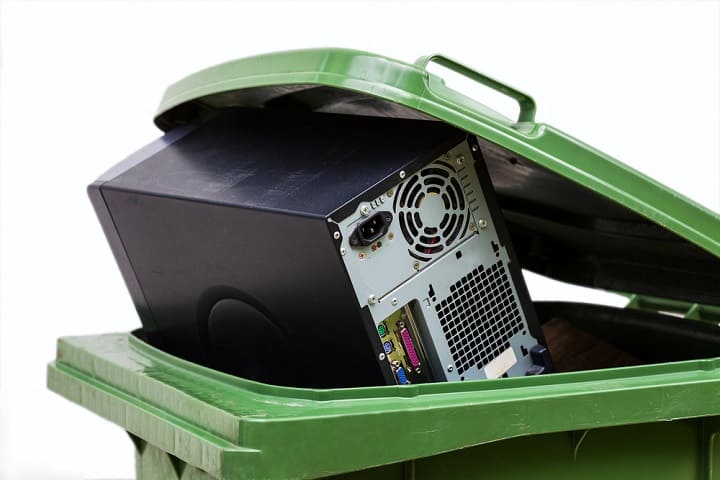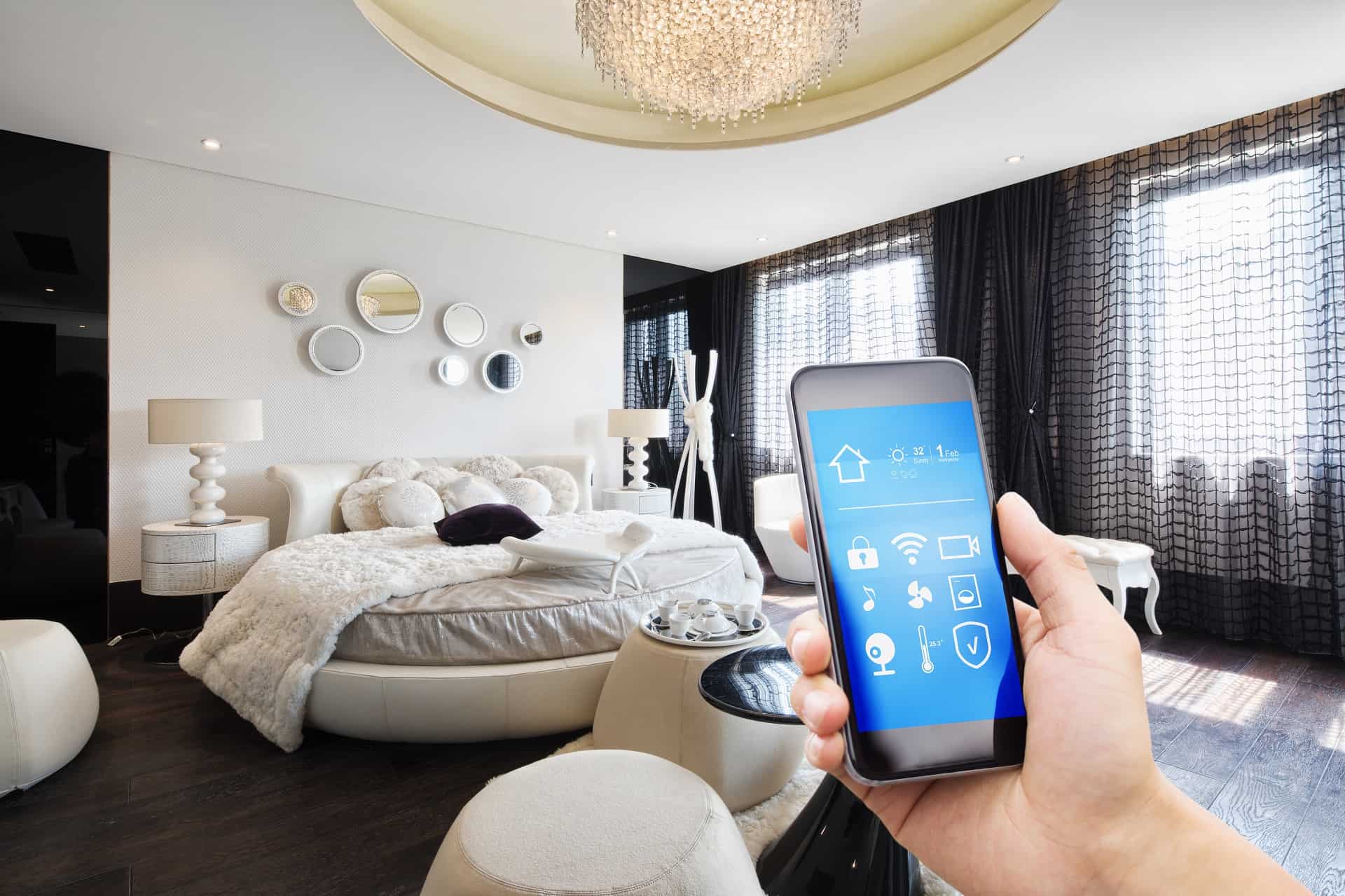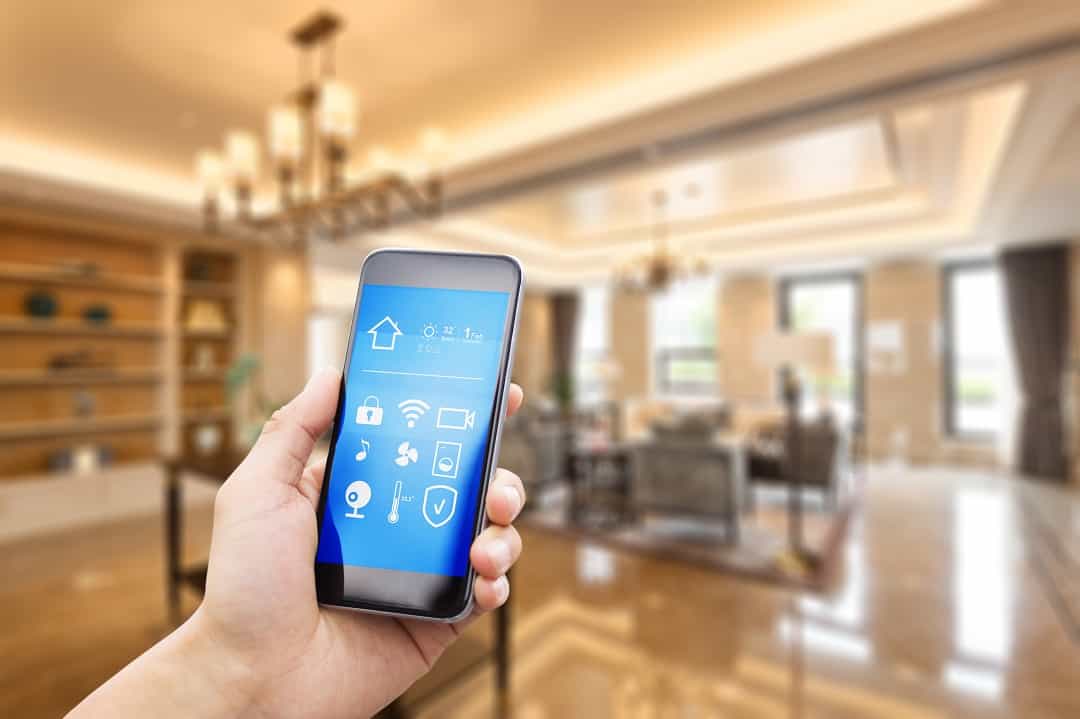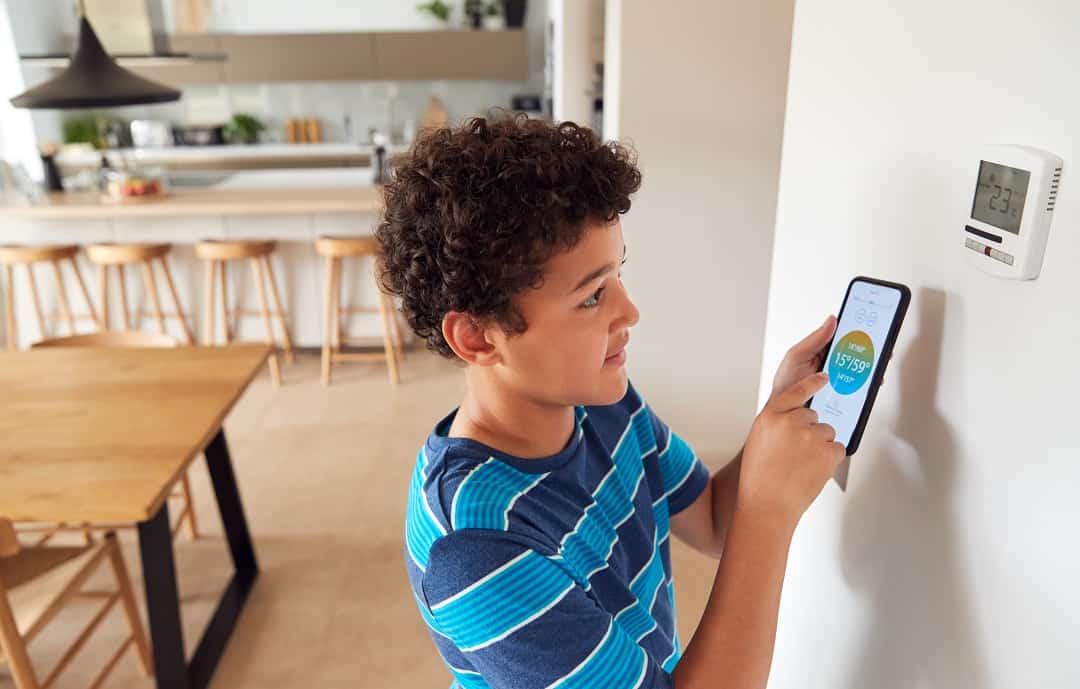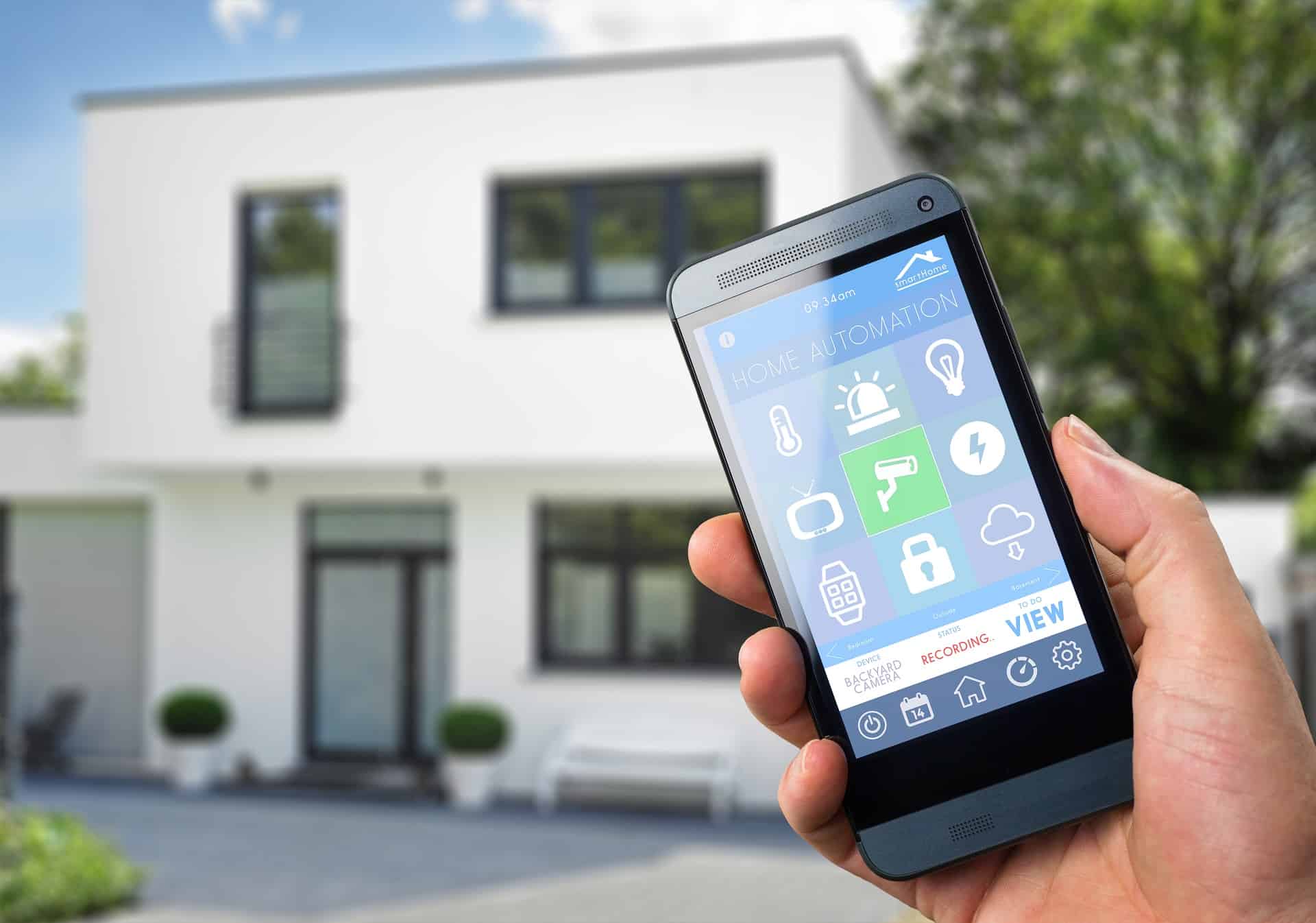When the time comes to replace or get rid of old smart home devices, proper disposal is important. These devices often contain your information and can damage the environment if not handled correctly. Disposing of them requires a certain level of care to ensure your personal data is protected and environmental regulations are followed. This post will guide you through the steps you should take to dispose of your old smart home devices in a safe and responsible manner. It will cover why you shouldn’t just throw them in the trash, and give you alternatives that also protect your personal information.
Understanding Smart Home Device Disposal
Smart home devices include a range of products such as thermostats, security cameras, smart speakers, and lighting systems that connect to a network and can be controlled remotely. Each kind of device has unique components that require specific methods of disposal.
Reasons for disposing of smart home devices vary and can include the device being outdated, no longer compatible with current systems, or simply no longer needed. In some cases, devices may malfunction or become damaged. Proper disposal ensures that hazardous materials are not released into the environment, and personal data stored on these devices is securely removed.
How do you Dispose of Old Smart Home Devices?
Wipe your data
The first, and most important, step in disposing of old smart home devices is to make sure that your data is removed from them. This involves performing a factory reset on the device to make sure your information is removed. This can be as simple as holding down a pairing button until a light starts to flash. Or it can be more involved. So to start, for your device, find the instruction on how to factory reset it and follow those steps.
If your device is no longer able to function, then you may not be able to factory reset it. In this case you may need to get more creative. For devices with on board data storage, such as memory cards or disk drives, removing or destroying this drive is often enough to ensure your data stays safe. For other devices, you may need to contact a vendor that specializes in safely destroying them. These vendors should be able to take your device and give you a certificate of destruction that states it was securely disposed of.
Donating Smart Devices
If the smart home devices are still functional, the best option is to donate or sell them. Donating to local schools, non-profit organizations, or community centers can be a good way to give the devices a second life and support your community. Selling them is an option as well, through online marketplaces, garage sales, or electronics resell shops.
Disposing of Smart Devices
Recycling smart devices is how you dispose of them responsibly. Many electronic devices contain materials that can be harmful to the environment if not handled correctly. Recycling ensures that these materials are processed properly. Most communities have electronic waste recycling programs, and some device manufacturers offer take-back programs where you can send your old devices for recycling. It’s important to erase all personal information from smart home devices before recycling them to protect your privacy.
Amazon has a device trade-in program where you can get gift cards for your old devices, so that’s another great option.
In Summary
When it comes time to dispose of old smart home devices, it is important to consider the environmental impact and data security. Recycling, selling, or donating the devices are viable options, provided personal information is thoroughly removed. If recycling, it is best to use an electronics recycling program or vendor take-back program. You could also sell or donate the old devices, but it is essential to ensure they are in good working condition and that your data is wiped from them. Ultimately, the choice depends on the condition of the device and personal preference, but taking the necessary steps to protect personal data and the environment should always be a priority.
